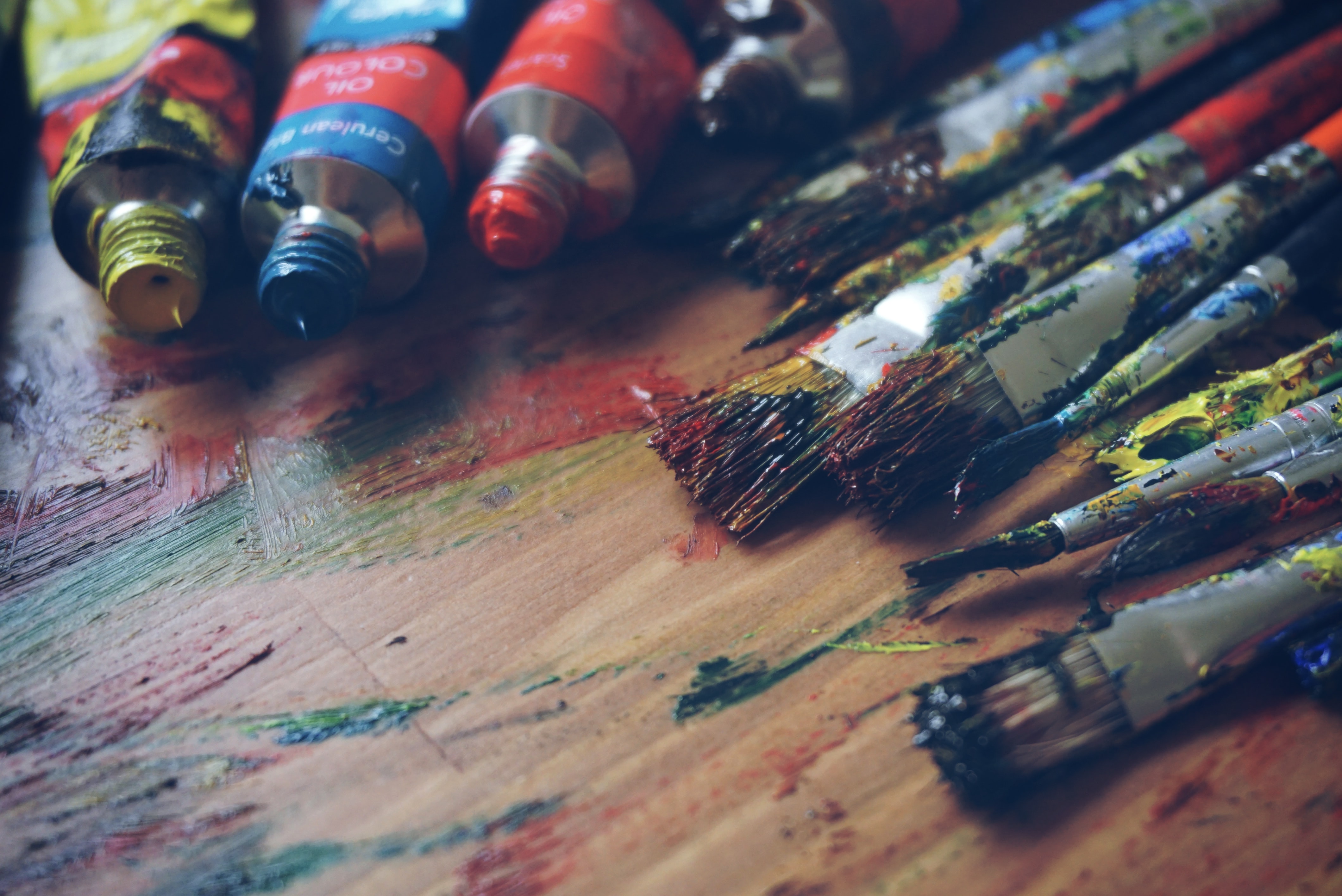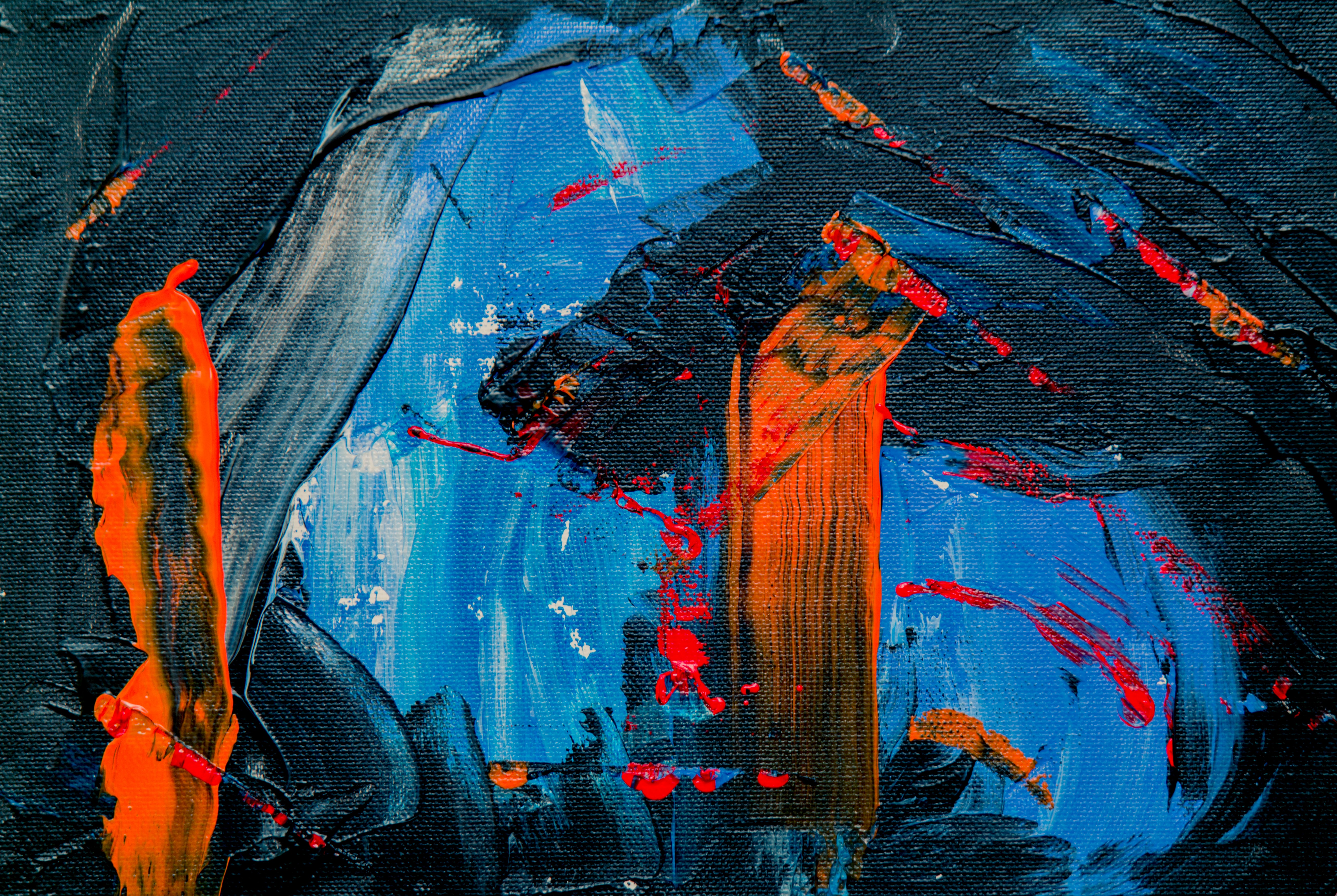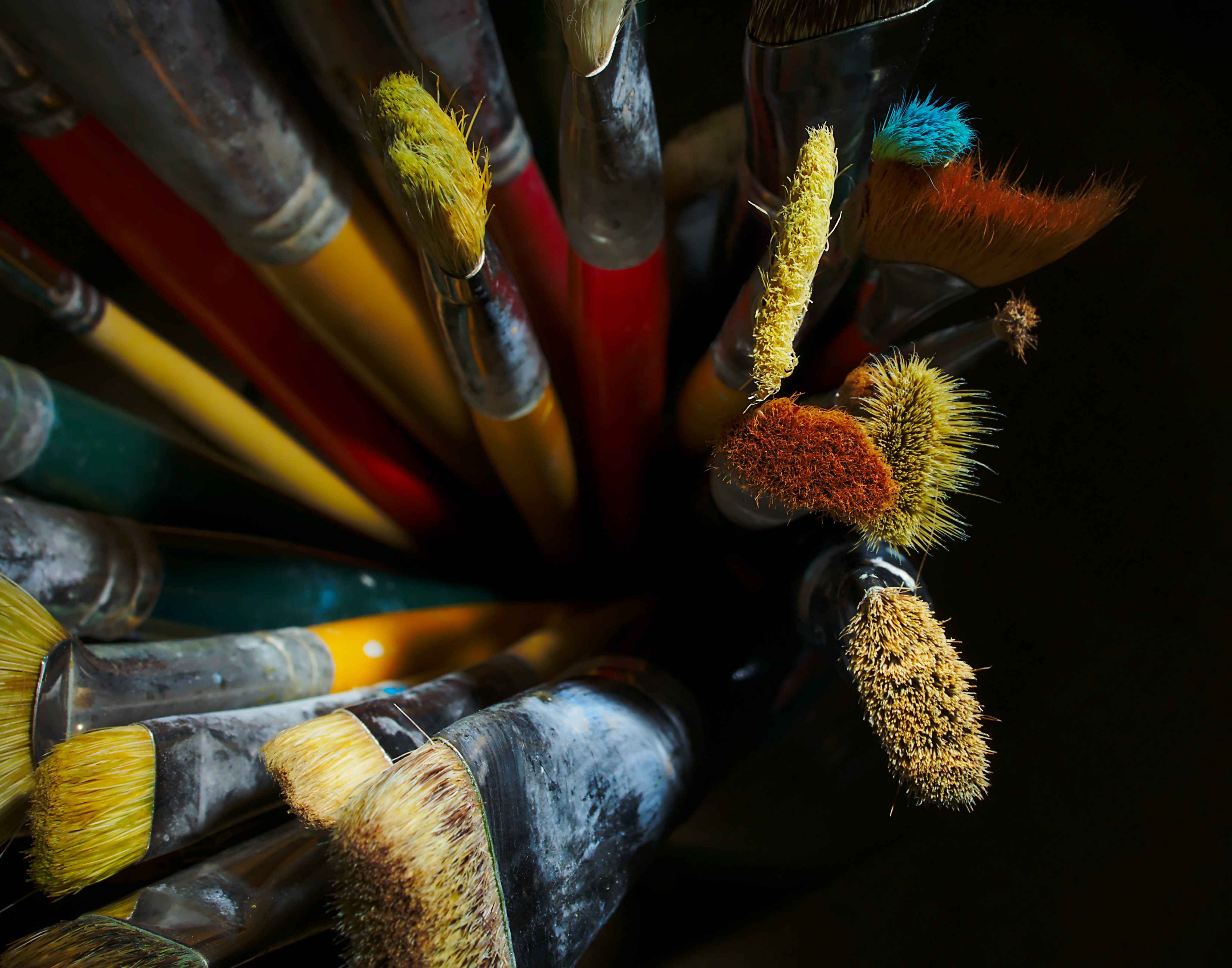Acrylic vs Oil Paints: Choosing the Right Paint for Your Artwork

Choosing the right paint for your artwork is an important decision for any artist. Acrylic paint and oil paint are two of the most popular paint options, but they have very different properties that make them better suited to certain styles of art. It's important to compare textures, blending capabilities, and application techniques before deciding which paint is best for your project. In this article, we'll look at acrylic vs. oil paints and help you decide which painting option is right for you.
Introduction to Oil Painting
For centuries, oil painting has been an avenue for creative expression and artistic exploration. Its appeal lies in its ease of application, vivid palette of colours, and slower drying time, which allows creativity to take shape without compromising quality or precision. Mixing pigments with linseed oil to create an applicable paint medium applied on surfaces such as canvas or wood, it grants practitioners the ability to blend complex textures for stunning results. Its enduring popularity can be attributed in part to these properties combined with strong colour vibrancy throughout its long years of service, making it easy to see why this form of art continues to be chosen by modern-day creatives everywhere today.
Pros
- Oil painting allows for greater blending of colours and textures over a longer period of time than other mediums.
- Professional grade oil paints offer vibrant, luminous colours when compared to student grades.
- Oils often require fewer layers and take less time to dry.
- Colours tend to be more stable over time due to a lack of evaporation, as with watercolours
- Oil paints are easily mixed, which allows artists to create customised colours and shades.
Cons
- Oil paints require solvents, which can be toxic and pose a danger to those applying the paint.
- Oil paints have a strong odour
- Unlike watercolours and acrylic paints, oils take longer to dry which can lead to unintended smudges or mistakes.
- Oil painting requires more supplies than other mediums, making it pricier in the long run.
- Canvas boards or primed canvas must be used as oil paints do not adhere well to paper.

Introduction to Acrylic Painting
Acrylic painting is an exciting and modern art medium, capable of producing stunning pieces with vivid colours. Its quick drying time allows for a speedy turnaround on any project; from portraits to abstracts and even landscapes, the artist can use their imagination in order to reach the desired results they are aiming for. Professional artists as well as amateurs have been integrating this versatile form into their artwork due to its ability to be applied via brush strokes, palette knives, or simply by fingers! It has become ever more popular among creators who strive not only to create dynamic works but also enjoy discovering new techniques along the way.
Pros
- Acrylics dry quickly, allowing artists to layer the paint with ease.
- Acrylic paints require fewer materials than oil paints and are often more affordable.
- The colour vibrancy of acrylic paints is similar to that of oils without the need for solvents or extra supplies.
- Acrylics have an extended opacity range, from transparent to opaque.
Cons
- Acrylic paint dries once it is exposed to air, so it can be difficult or impossible to erase mistakes.
- Due to the drying time, acrylics are not ideal for blending and mixing colours while painting.
- The paints are water-soluble when wet, but insoluble when dry, meaning that they cannot be reactivated with water.
- Unless a special medium is used, acrylic paints have a much lower permanence compared to oils.

Differences Between Oil and Acrylic Paint
For centuries, oil and acrylic paints have been the preferred tools of countless artists. While these two mediums may look similar, they differ in properties, handling processes, and application techniques. To help you evaluate which will work best for your project needs, here are some of their key distinctions to consider:
- Drying time: Oil paints are known for their long drying time, sometimes taking days or even weeks to set fully. On the other hand, acrylics typically dry quickly - within only a few hours - giving artists greater control over creative projects with shorter wait times between coats and layers of paint.
- Application: Because of their different drying times, the application techniques for oil and acrylic paints can vary. With oils, artists can take advantage of the slow drying time to blend and rework the paint on the canvas, while with acrylics, the quick drying time makes it easier to layer and build up the paint quickly.
- Colour: Oil paints have a naturally deeper, richer colour than acrylics, which can have a flatter, more matte finish. Acrylics provide a versatile canvas for inventive artistry by allowing artists to experiment and explore medium combinations that can create unique effects.
- Clean-up: Acrylic paints make working with colours a breeze; their water-solubility ensures easy clean-up simply by using some soap and water. In contrast, oil paints necessitate solvents such as mineral spirits or turpentine to properly clean brushes and palettes afterwards.
- Longevity: Painted artworks created with oil paints have been passed down for centuries, a testament to the exceptional durability of this medium. Despite its youth, acrylic paint provides an intriguing canvas for artwork whose long-term impacts remain to be seen and are worthy of continued study by art professionals.
Oil and acrylic paint each offer their own unique benefits, making the choice of which to use a personal preference based on one's style and specific project needs. Artistic expression comes in many forms, and it is ultimately up to the creator's discretion as to what method best conveys their vision.
Can You Paint Acrylic Over Oil Paint? What Happens?
Acrylic painting is a popular method of creating art on many surfaces, but oil painting remains a classic choice. Acrylic paints can often be used on top of oil paintings to create unique effects and additional layers. However, it’s important to remember that since acrylic paint dries more quickly than oil paint, the resulting blend may need to be adapted accordingly; failure to do so could result in cracking or bubbling issues. Acrylics bond strongly with surfaces treated with an oil-based primer, though prepping your painting surface with a water-based primer prior to attempting the layering will help prevent the lifting or wrinkling of the topcoat. Before layering your artwork with any type of paint, however, be sure that you understand all the caveats associated with each type and their compatibility. Never apply incompatible types without first doing careful research.
Is It Possible to Mix Acrylic Paint with Oil Paint?
Acrylic painting and oil painting are both art forms that can create beautiful, vibrant works of art. Acrylic paint is water-based, whereas oil painting is based on the medium of linseed oil. Even though these two media have different properties, it is possible to combine them for a unique effect. Acrylic paint added to oil creates a matte finish that softens the opaque appearance of oil paints and allows for a wider range of tones and textures in an artwork. It also adds the desired sheen to the work, which can make pieces appear more polished or professional. However, techniques used when mixing acrylic with oils can be difficult to master and require practice, as there are a variety of techniques used by artists. Acrylic paint mixed with oils can provide many avenues for experimentation in your artwork, allowing you to produce unique effects that feel unique and creative.

Are there Price Differences Between Oil Paints and Acrylic Paints?
Acrylic painting and oil painting have been cornerstones of the art world for centuries, and each brings its own unique charm to artwork. Acrylics are a newer medium, making them more accessible and inexpensive than oil paints due to their fast-drying nature. Acrylics offer vibrant colours and can easily be mixed or thinned out with water, allowing for a wide range of effects, from washy, watercolour-like layers to impasto tapered brush strokes. Oil paints take much longer to dry, which increases the cost of production due to the labour required. While they may be more expensive, oils have an unparalleled richness in pigment that simply cannot be matched by any other paint medium. As such, acrylic paintings tend to cost less than oil paintings when all is said and done.
Enjoying Oil & Acrylic Paintings
Acrylic and oil paintings have been around for centuries, captivating onlookers with their vivid colour palettes and stunning details. Acrylic painting offers artists the freedom to experiment and explore a wealth of creative possibilities. By adjusting viscosity, dry time, and layering techniques with this medium's unique properties, artisans can produce captivating works that inspire wonder in viewers. Acrylics dry much quicker than oils, making them the ideal choice for those who need to work quickly. The oil painting has its own unique properties that distinguish it from other forms of painting. Its slow drying time gives an artist ample opportunity to blend and mix colours together, creating subtle gradations in the colour that are unparalleled in other mediums. Whether you are an experienced painter or just starting out, enjoyment can be found in exploring the possibilities and creative potential within these two mediums.
Check out our guides to the Best Acrylic Paints of 2023 as well as the Best Oil Paints in 2023 to help you get started with the right materials.
Conclusion
In conclusion, the choice between acrylic and oil paints ultimately depends on your personal preferences, the type of artwork you want to create, and the specific qualities you are looking for in your medium.
Choosing the right medium for an artwork can seem daunting, but with the right knowledge and resources, it can be a simple process. Acrylic and oil paints are both excellent options for artists looking to express their creativity. Both offer unique sets of advantages and drawbacks, so it is important for artists to take time to research and decide which type of paint is best suited for their project. With the right decision, any artist can produce stunning works of art with ease.
